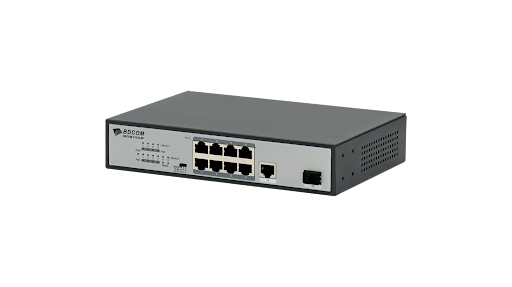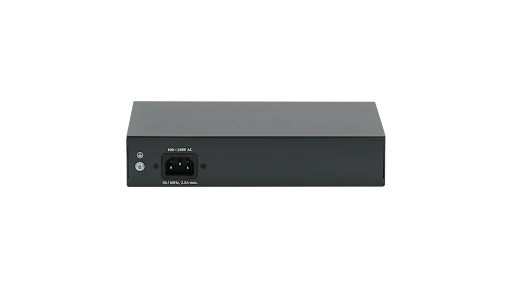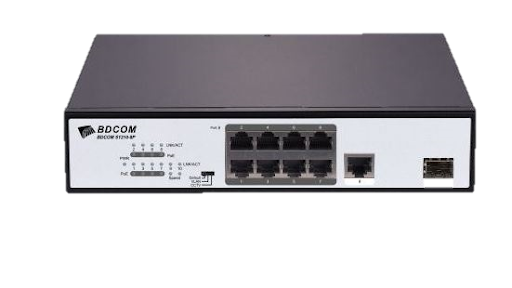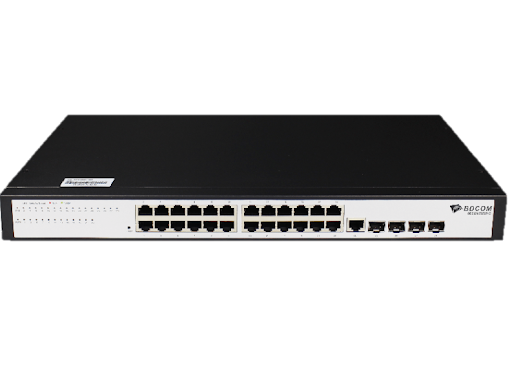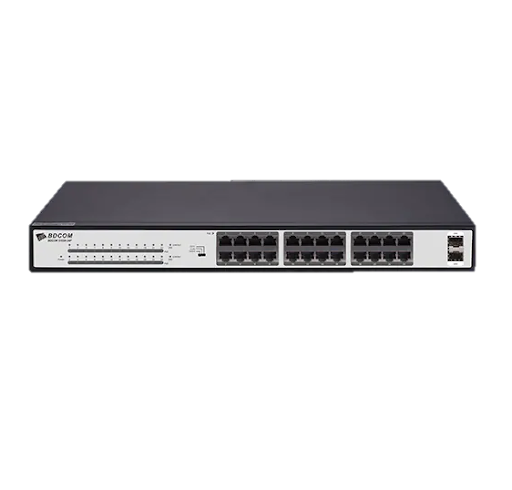A fiber optic switch typically features high bandwidth, low latency, excellent signal quality, high port density, flexible routing capabilities, scalability, reliability, and the ability to handle different fiber types, often with additional features like advanced network management, redundancy options, and support for various protocols depending on the specific model and application.
Key features of a fiber optic switch:
- High Bandwidth: Can transmit large volumes of data at very high speeds due to the nature of light transmission through fiber optic cables.
- Low Latency: Minimal delay in data transmission, crucial for real-time applications.
- Low Insertion Loss: Minimal signal degradation when data is routed through the switch.
- High Extinction Ratio: Clear distinction between “on” and “off” states, ensuring signal integrity.
- High Channel Isolation: Prevents interference between different fiber connections.
- Scalability: Ability to add more ports or expand the network easily.
- Flexible Routing: Supports various routing protocols to direct data efficiently.
- Multicast Capabilities: Efficiently delivers data streams to multiple destinations simultaneously.
- Polarization-Independent Options: Can function with various polarization states of light.
- Network Management Features: Allows for monitoring and configuration of the switch through dedicated protocols.
- Redundancy Options: Can be configured with backup mechanisms to ensure network uptime.
Different types of fiber optic switches based on switching technology:
- MEMS (Micro-Electro Mechanical Systems) Switches: Utilizing tiny mechanical components for switching.
- All-Optical Switches: Route light signals directly without conversion to electrical signals, offering ultra-low latency.
- Non-Mechanical Matrix Switches: High-speed switching with no moving parts.
- Function: Selectively routes optical signals between different fiber optic cables based on the destination address of the data.
- Advantages over traditional switches: Higher data transmission speeds, greater bandwidth, immunity to electromagnetic interference, longer signal distances.
- Components: Typically includes multiple fiber optic ports for connecting different devices, internal switching mechanisms to direct light signals, and control circuitry to manage data routing.
- Applications: Used in high-performance networks, data centers, telecommunications systems, and situations requiring long-distance data transmission.
Technical aspects of fiber optic switches:
- Optical switching technology: Can utilize various methods like MEMS (microelectromechanical systems) or magneto-optic crystals to control light paths.
- Fiber types: Supports different fiber types including single-mode (SM), multimode (MM), and polarization-maintaining (PM).
- Wavelength dependence: Some switches might have limitations based on the wavelength of the light signal.
- Insertion loss: A measure of signal degradation when light passes through the switch.
- Extinction ratio: Represents the difference in signal strength between the intended output and unwanted crosstalk.

